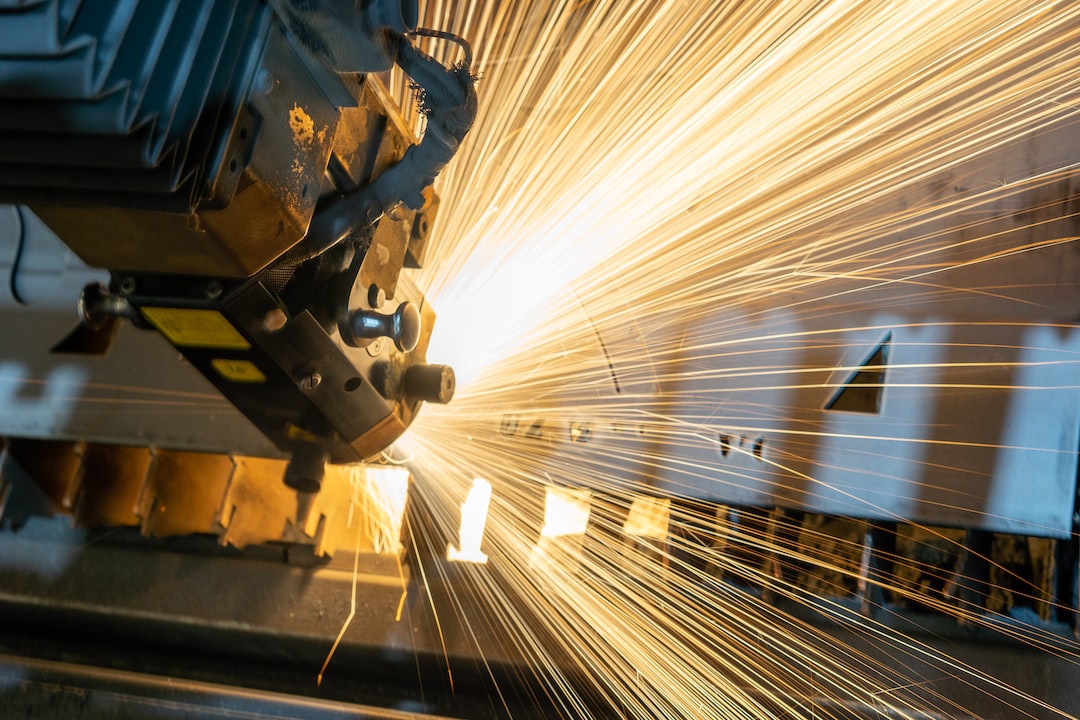Improving Workplace Safety in Manufacturing: Best Practices and Innovations
In the world of manufacturing, workplace safety is a critical priority. With the numerous hazards and risks involved in the industry, it is essential for companies to constantly evaluate and enhance their safety protocols. While traditional safety measures such as personal protective equipment and employee training are still crucial, advances in technology and innovative practices have opened up new avenues for improving workplace safety in manufacturing. In this blog post, we will explore some of the best practices and innovations that can help manufacturers create a safer working environment.
1. Risk Assessment and Prevention
One of the initial steps in improving workplace safety is conducting a thorough risk assessment. This involves identifying potential hazards, evaluating the associated risks, and implementing measures to prevent accidents and injuries. By analyzing historical data, conducting inspections, and engaging employees in the process, manufacturers can gain valuable insights into the areas that need improvement. Regular risk assessments should be performed to ensure that evolving risks are continuously addressed.
2. Artificial Intelligence (AI) and Machine Learning
Artificial intelligence and machine learning have revolutionized workplace safety by enabling real-time monitoring, prediction, and analysis of various factors. For instance, AI-powered sensors can detect abnormalities in equipment, identify potential failures, and alert operators to take preventive actions. Machine learning algorithms can also analyze vast amounts of data to detect patterns and predict potential safety risks. By leveraging these technologies, manufacturing companies can proactively address safety concerns before they escalate into accidents or injuries.
3. Wearable Technology
Wearable technology is another innovative solution in ensuring workplace safety. Devices such as smart helmets, vests, and gloves equipped with sensors can monitor vital signs, detect hazardous gases, and track movement patterns. This real-time data can be transmitted to a centralized system, enabling supervisors to promptly respond to any potential risks. Moreover, wearable technology can also aid in the accurate tracking of employees’ location and ensure proper adherence to safety protocols.
4. Virtual Reality (VR) Training
Training plays a crucial role in workplace safety, and virtual reality (VR) has emerged as an effective tool in this regard. VR simulations can provide immersive and interactive training experiences that mimic real-life scenarios. This allows employees to practice dealing with potential hazards in a safe environment, enhancing their ability to react appropriately in actual situations. VR training can significantly reduce the risk of accidents, improve response times, and increase the overall safety awareness among the workforce.
5. Automation and Robotics
Automation and robotics have transformed the manufacturing industry, not only by increasing productivity but also by enhancing workplace safety. By substituting human workers in hazardous or repetitive tasks, manufacturers can minimize the risk of accidents and injuries. Robots equipped with advanced sensors and cameras can perform tasks with precision, reducing the likelihood of errors and ensuring a safer working environment for employees. However, it is crucial for proper safety protocols and risk assessments to be in place when implementing automation to avoid potential new hazards.
6. Ergonomics and Workstation Design
Ergonomics is the study of designing workstations and tasks to fit the capabilities and limitations of the workers. Implementing ergonomic principles in manufacturing can reduce the risk of musculoskeletal disorders, fatigue, and other long-term health issues. By optimizing the design of workstations, tools, and equipment, manufacturers can minimize physical strain on employees, enhancing their comfort and productivity. Regular assessment of workstations and employee feedback can aid in identifying areas of improvement and implementing ergonomic changes.
7. Safety Culture and Employee Engagement
Creating a strong safety culture and engaging employees in safety initiatives are crucial for enhancing workplace safety. This involves fostering an environment where safety is a shared responsibility and encouraging employees to actively participate in hazard identification, reporting, and continuous improvement. Regular safety training, open communication channels, and recognition of safety achievements can contribute to a strong safety culture. When employees feel valued and involved, they are more likely to adhere to safety protocols and identify potential risks.
In conclusion, improving workplace safety in manufacturing is an ongoing process that requires a combination of traditional practices and innovative approaches. By conducting risk assessments, leveraging technology and automation, implementing ergonomic design principles, and fostering a strong safety culture, manufacturers can create a safer working environment for their employees. Embracing these best practices and innovations is not only critical for preventing accidents and injuries but also for enhancing productivity and overall business success in the manufacturing industry.

